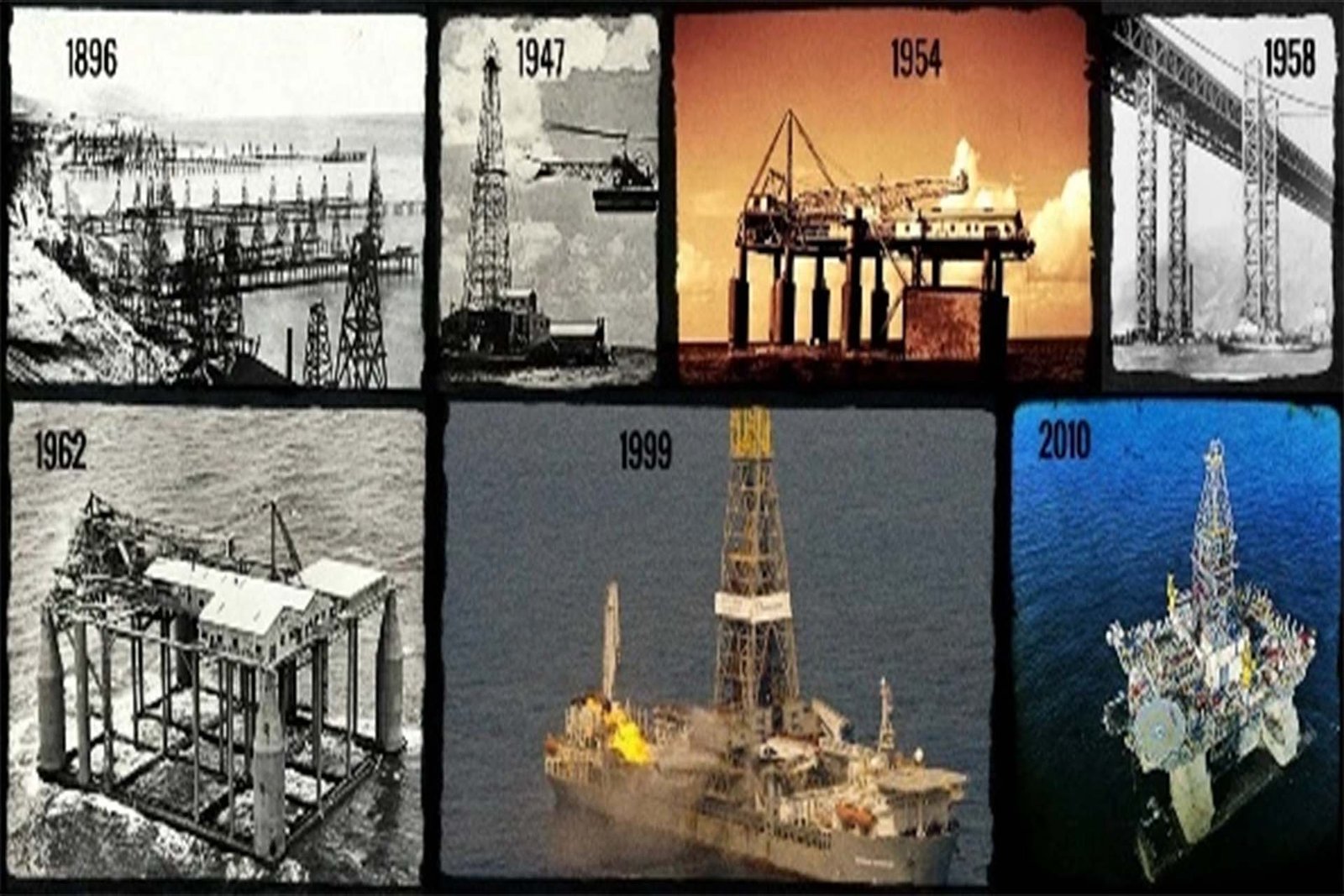Offshore drilling has come a long way since its inception, with significant advancements and technological breakthroughs propelling the industry forward. This blog post will delve into the evolution of offshore drilling, exploring the advancements that have revolutionized this sector and shaped the way we extract oil and gas from beneath the ocean floor. From the early days of drilling platforms to state-of-the-art deepwater drilling rigs, let's take a captivating journey through time and witness the mind-blowing progress that has transformed offshore drilling.
1. The Early Days: Shallow Water Drilling:
- Offshore drilling began in the early 19th century when drilling platforms were constructed in shallow waters near the coast.
- Initially, drilling was limited to relatively shallow depths, and the technology used was basic compared to today's standards.
- The primary focus was on extracting oil and gas from near-shore reserves, utilizing fixed platforms and jack-up rigs.
2. Advancements in Drilling Rigs:
- As demand for oil increased, the need to explore deeper waters arose, leading to the development of more advanced drilling rigs.
- In the mid-20th century, semi-submersible rigs were introduced, capable of operating in deeper waters.
- These rigs featured a floating structure with partially submerged pontoons, providing stability and the ability to drill in harsh offshore environments.
3. Deepwater Exploration:
- The quest for new oil and gas reserves led to the exploration of deepwater areas, where drilling depths exceeded 1,000 feet.
- Technological breakthroughs in the form of dynamically positioned drillships revolutionized deepwater drilling.
- These vessels could maintain a stable position above the drilling site, even in rough seas, using thrusters and advanced positioning systems.
4. Subsea Technology:
- Subsea technology played a crucial role in advancing offshore drilling capabilities.
- Instead of having the entire drilling apparatus on the surface, subsea wells and production systems were developed.
- Subsea equipment, such as blowout preventers and remotely operated vehicles (ROVs), allowed for drilling and maintenance activities to be performed at extreme depths.
5. Safety and Environmental Considerations:
- With the evolution of offshore drilling, safety and environmental considerations have become paramount.
- Advanced technologies, such as real-time monitoring systems, improved blowout preventers, and advanced well control systems, have been developed to minimize the risk of accidents and oil spills.
- Environmental regulations and industry standards have been established to ensure responsible drilling practices and protect marine ecosystems.
6. Future Prospects: Offshore Wind and Sustainable Energy:
- The future of offshore drilling is not solely focused on oil and gas extraction.
- Offshore wind energy is gaining momentum, with offshore platforms being repurposed to harness renewable energy.
- This shift towards sustainable energy sources demonstrates the adaptability and versatility of offshore drilling technology.
Conclusion:
The evolution of offshore drilling has been a testament to human ingenuity and technological progress. From shallow water drilling platforms to deepwater exploration and subsea technology, the advancements in this industry have been both remarkable and mind-blowing. As we continue to harness offshore energy resources, it is crucial to prioritize safety, environmental conservation, and the development of sustainable energy solutions. The journey of offshore drilling is far from over, and we can expect further advancements and breakthroughs in the future, shaping the energy landscape and driving us towards a cleaner and more efficient future.




